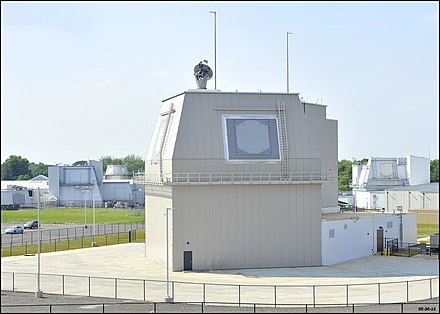In response to North Korea’s recent provocations the ROK military is showcasing its homegrown missile defense system for the first time to the public:

It marked the first time the Air Force has unveiled the battalion’s drill involving the Cheongung-II to the press, although its specific name and location remains undisclosed to the public.
Integral to South Korea’s multilayered missile defense system, the Cheongung-II operates at a mid-tier altitude, complementing the U.S. missile shield. Lockheed Martin’s Patriot Advanced Capability-3 missiles defend against low-tier threats at altitudes of 20 km, and the Terminal High Altitude Area Defense (THAAD) intercepts upper-tier threats at altitudes of 40-150 km.
The unit is located within an hour’s drive from Seongju County, which is located about 160 km southeast of Seoul and is home to the THAAD system deployed in 2017.
While the Cheongung-II is designed to counter ballistic missile threats and hostile aircraft, its capability of targeting cruise missiles has drawn new attention amid Pyongyang’s recent spate of cruise missile tests.
“The Cheongung-II represents an advanced homegrown technology in countering both aircraft and ballistic missiles. Our training ensures that our forces are prepared to respond immediately, strongly and until the end,” Park said.
The upgraded M-SAM Block-II comprises four mobile launchers, each loaded with eight missiles, enabling simultaneous engagement of up to 32 interceptors.
A multifunction radar is positioned atop a hill for uninterrupted 360-degree airspace surveillance, remotely sending signals to an engagement control center.
Yonhap
You can read more at the link.









